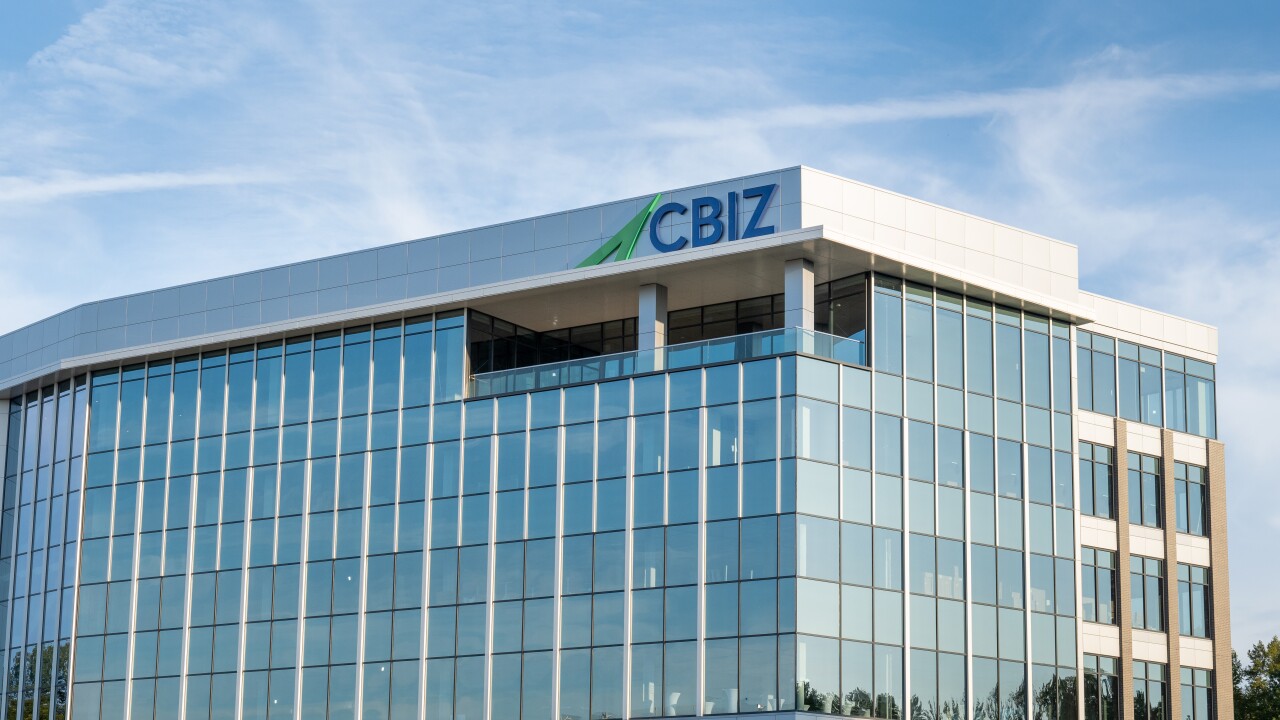Senators Tom Carper, D-Delaware, and Todd Young, R-Indiana,
The bill, called the Barcode Automation for Revenue Collection to Organize Disbursement and Enhance (BARCODE) Efficiency Act, would require any federal tax return that is prepared electronically, but is printed and filed on paper, to have a scannable code that, when scanned, converts the data included in the return to electronic format. Just to cover all the bases, the bill also requires the IRS to use bar code scanning technology for this purpose.
In the event a paper return is not prepared electronically, or otherwise cannot be converted to digital data, the bill mandates the IRS to use optical character recognition technology to transcribe the information. This provision would apply to any paper correspondence from the IRS. The only room for exceptions would be if the Treasury Department determines manual processes are actually more efficient or reliable, though such exceptions would need to be reported to Congress and would not take effect until after the report is issued.
Carper noted that while e-filing has seen major growth, there remain many who still use paper returns. These people often have to wait extra long for their returns to be processed, given the general inefficiency of paper-based manual workflows versus digitally-enabled ones.
"As government officials, we have a responsibility to be good stewards of taxpayer dollars. That includes ensuring that tax returns are processed accurately and in a timely manner," said Carper in a statement. "I'm proud to introduce the BARCODE Efficiency Act because this bill implements commonsense technology that will increase the efficiency of the IRS and make a big difference for millions of American taxpayers."
The senator added that state tax authorities have been using similar technology for at least two decades and has been shown to be effective in accelerating tax return processing. He added that both the National Taxpayer Advocate and the Government Accountability Office have made similar recommendations to the IRS to improve the processing of paper returns. The use of OCR technology will act as a complement.
"The archaic, manual transcription process the IRS uses to process paper returns today results in substantial delays and imposes significant costs on the agency, and this bill works well with the agency's current plans and existing allocated funding to modernize processing protocols to more efficiently process paper returns and clear the backlogs," said the senator's press release.
A previous





